Mexico’s Central Bank Lower Growth Forecast Amid NAFTA Talks
The central bank of Mexico adjusted lower their forecast for this year and the next, based on the report released on Wednesday. Although, the NAFTA trade talks could allay the uncertainty of the economy.
The gross domestic product is anticipated to rise between 2.0 and 2.6 percent in 2018 compared to the previous inflation report of 2.0 to 3.0 percent, which may denote a problem in the future.
Growth forecast for 2019 is around 1.8 and 2.8 percent much lower than the range of 2.2 and 3.2 percent. The fourth quarter inflation is presumed to be at 4.2 percent this year, higher than the former 3.8 percent.
Other than that, the central bank raised its inflation estimates for 2018 and the next close to the 3.0 percent target in the first half of 2020.
For 2019, the central bank increased the inflation estimate to 3.3 percent for the fourth quarter next year than the 3.1 percent previously.
The board said that monetary policy will be adjusted and will continue to do so if the situation demands a more “firm” approach to reach the inflation target.


 2Likes
2Likes LinkBack URL
LinkBack URL About LinkBacks
About LinkBacks

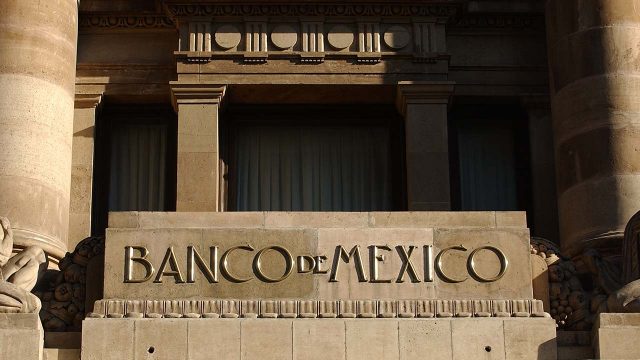





 Reply With Quote
Reply With Quote
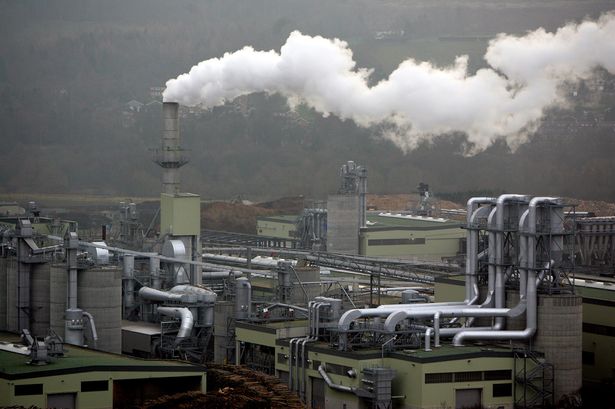
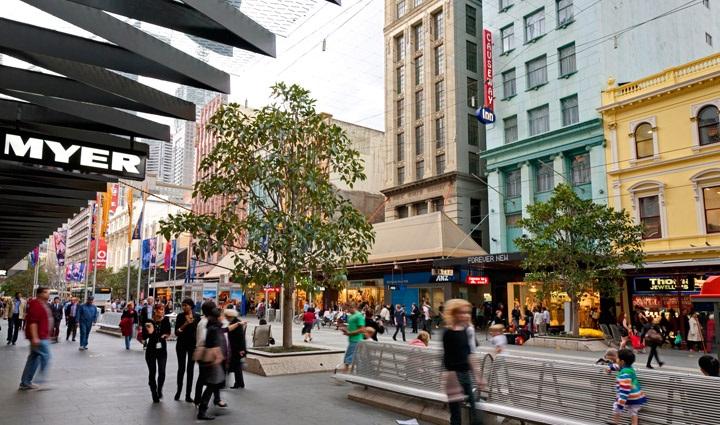
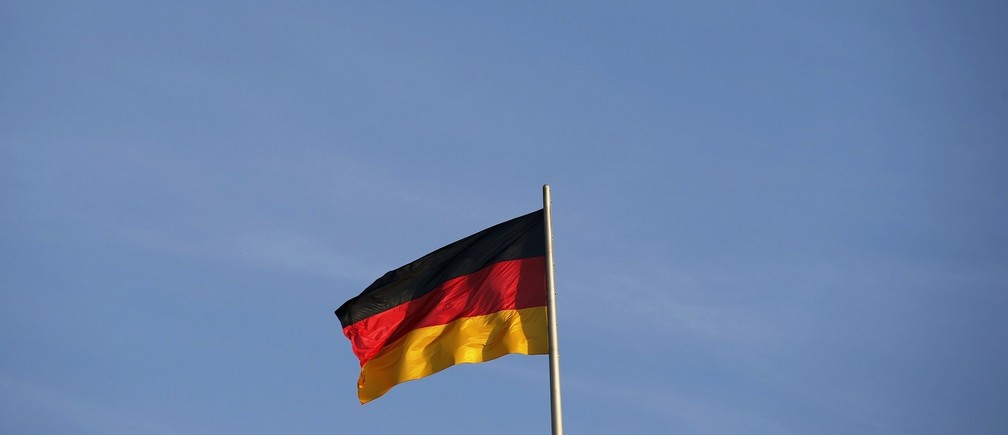
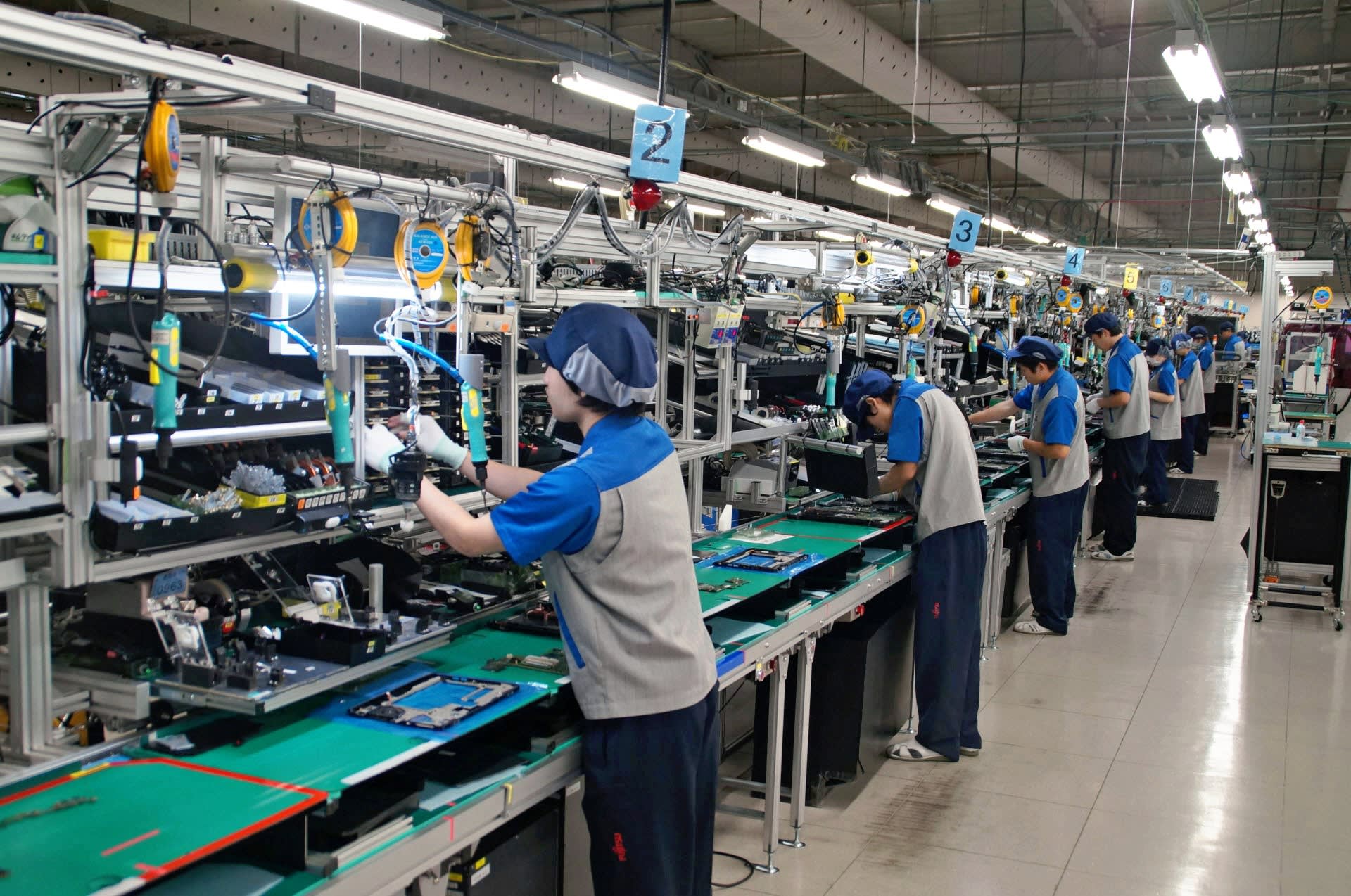

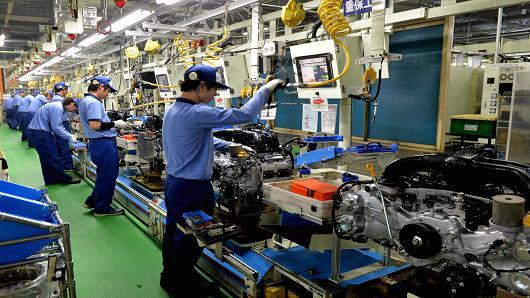
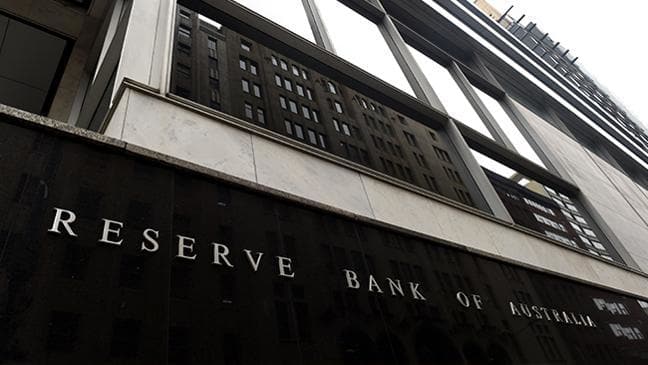



Bookmarks